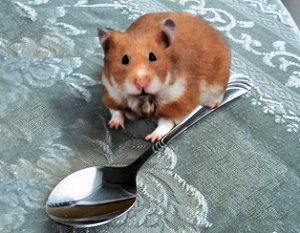This article was written by Matt Castle, our brand-spanking-new writer who joins us from across the pond where U’s are used liberally and R’s and E’s are juxtaposed brazenly.
 One afternoon in the early 1950s, a young biochemist left his suburban lab bench at Britain’s Mill Hill National Institute of Medical Research and boarded a tube train to Leicester Square. His destination was on nearby Lisle Street, in an area which today makes up part of London’s glittering West End theatre district. But in the post-war years the sector was better known as a hectic hub for two of humanity’s oldest professions. Only one of these was of interest to the young scientist. The girls hawking their wares seemed to sense his single-mindedness and kept their distance as the greenhorn scientist turned his attention to his true quarry: the vast abundance of second-hand military hardware that could be found in the shops lining Lisle Street.
One afternoon in the early 1950s, a young biochemist left his suburban lab bench at Britain’s Mill Hill National Institute of Medical Research and boarded a tube train to Leicester Square. His destination was on nearby Lisle Street, in an area which today makes up part of London’s glittering West End theatre district. But in the post-war years the sector was better known as a hectic hub for two of humanity’s oldest professions. Only one of these was of interest to the young scientist. The girls hawking their wares seemed to sense his single-mindedness and kept their distance as the greenhorn scientist turned his attention to his true quarry: the vast abundance of second-hand military hardware that could be found in the shops lining Lisle Street.

No comments:
Post a Comment